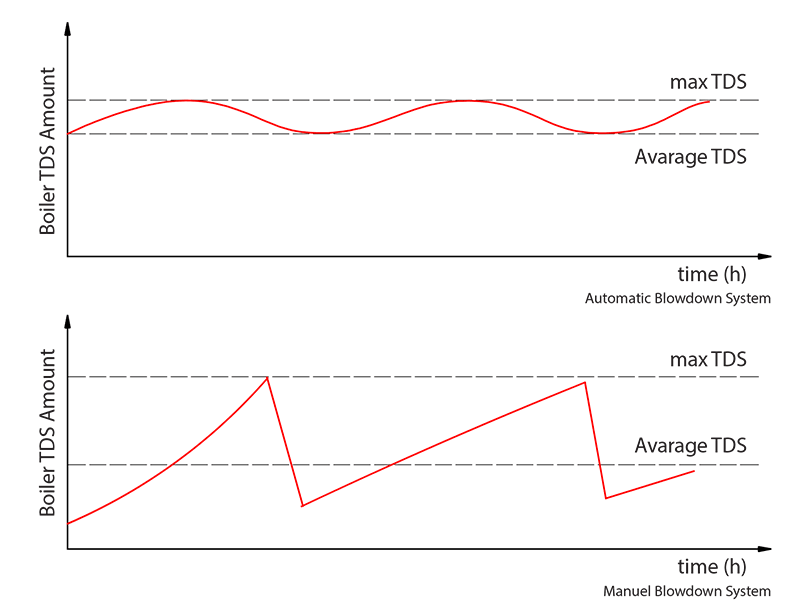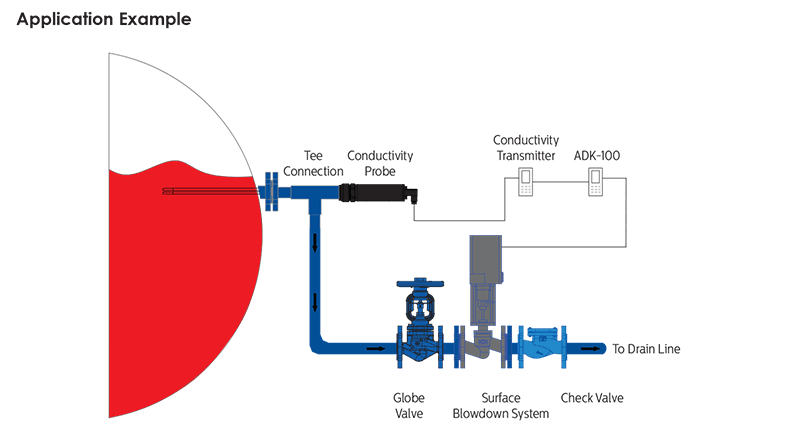Water Dragging in Steam Lines
In some cases hot boiler water can mix with steam and may drag to the system. This gets steam wet and may caouse hugh water mass in system. This happens in that 3 case bellow;
Peak requests (Priming)
At the system startup, if all machines open in the same moment, boiler tank can not produce steam for request. It cause water dragging to the system and pressure loss in the steam boiler. When the pressure reduce suddenly, for balance the pressure, steam boiler start to boil and try to produce steam as fast as it can. This water steam mix drags to the system.
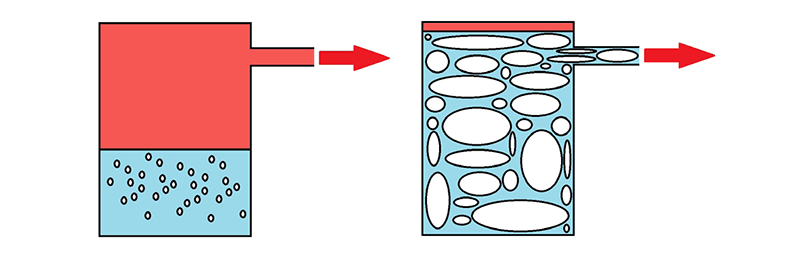
Foaming
The components in the raw water which do not process properly process the water treatment process or the mixed condensate mixed with the condensate, cause the formation of bubbles in the cauldron. These foams fill the boiler and are dragged into the system due to the effect of steam. Foams contain water that is released when it explodes. This water damages the system.
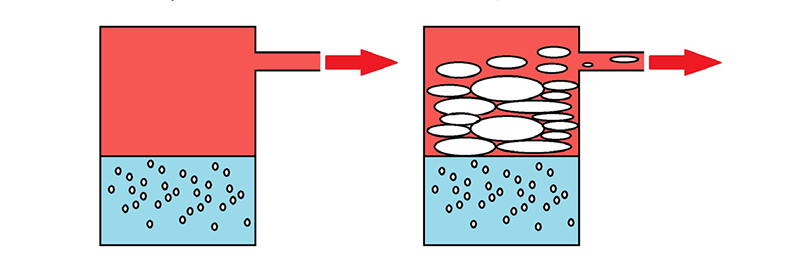
Bubbling
When water starts to boil on a metal heating surface, a steam bubble is formed in the water. This steam balloon rises rapidly and rises to the surface of the water. When the bubble breaks the surface of the water, some water is discharged from the surface. Discharged water continues to exist as mist at the same temperature as steam. It is usually discharged from the boiler together with the rapid flow of steam. The rest is suspended at the surface of the water since it is less dense than the density of water.

To Prevent Water Dragging
- Sudden pressure drops should be avoided.
- The water fed to the boiler and the recirculating condensate should be treated and processed correctly.
- The water level should be kept under control and the high water level should be avoided.
- The steam boiler must be operated at the specified capacity and design pressure ranges.
- The most suitable and correct blowdown systems should be developed and implemented.
Blowdown Applications
Surface blowdown and bottom blowdowns are required to ensure a continued safe transmission of the boiler. Sludge deposits are formed in the boiler and must be cleaned at regular intervals. Sediments must be evacuated periodically to prevent the formation of the sludge layer. Bottom blowdown valves are used for this purpose. The bottom blowdown valve is opened and the pressurized boiler water is discharged from the lower zone of the boiler.
When the valve is opened, the sludge in the lower area of the boiler is effectively discharged by the high water velocity due to the pressure difference. Depending on the type of water preparation system and the dosing system, the steam boiler reaches salt and other foreign substances. As a result of evaporation, the salinity in the boiler water increases. A salt concentration higher than the limit value causes the boiler stone, boiler corrosion and foam formation. The foam can also reach the steam installation. Thus, the steam quality decreases and the accumulation of water forces the armatures.
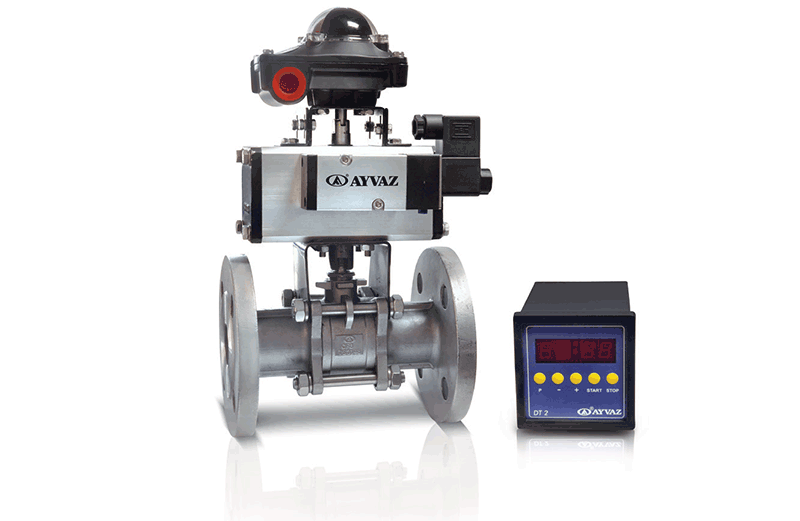
The salinity concentration of the boiler water over the proportional surface blow down valve can be kept below the permissible limit value. Here, the conductivity of the boiler water is measured by a conductivity electrode (the more salty water is more conductive) and the desirable salt concentration is achieved by draining the boiler water through a proportional valve (just below the upper water level).
Differences Between Manuel and Automatic Blowdown System:
